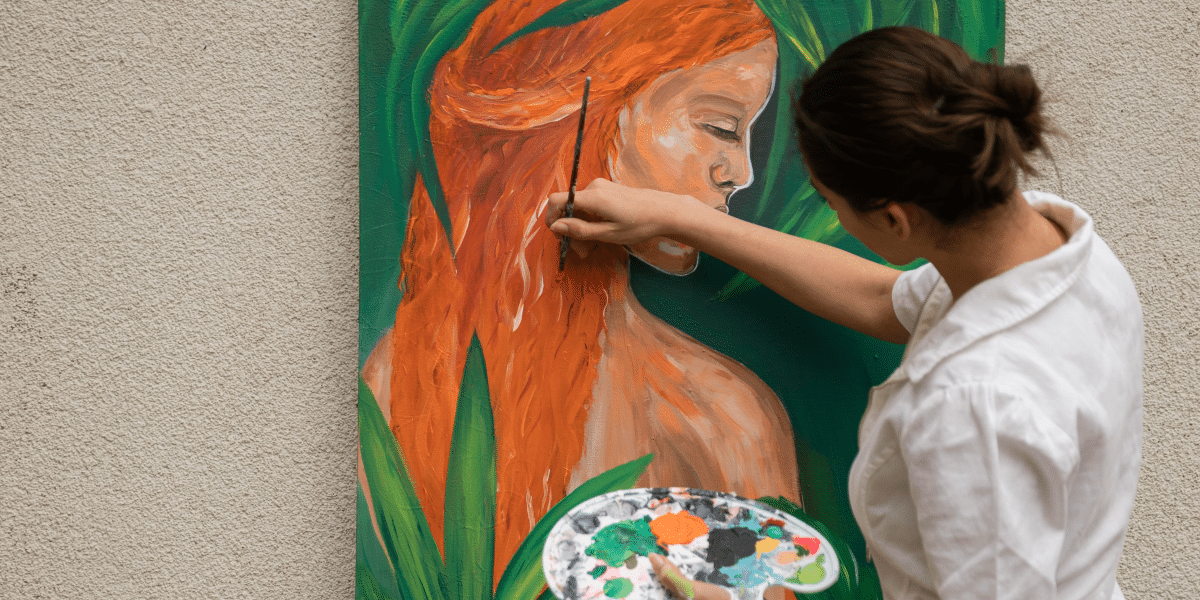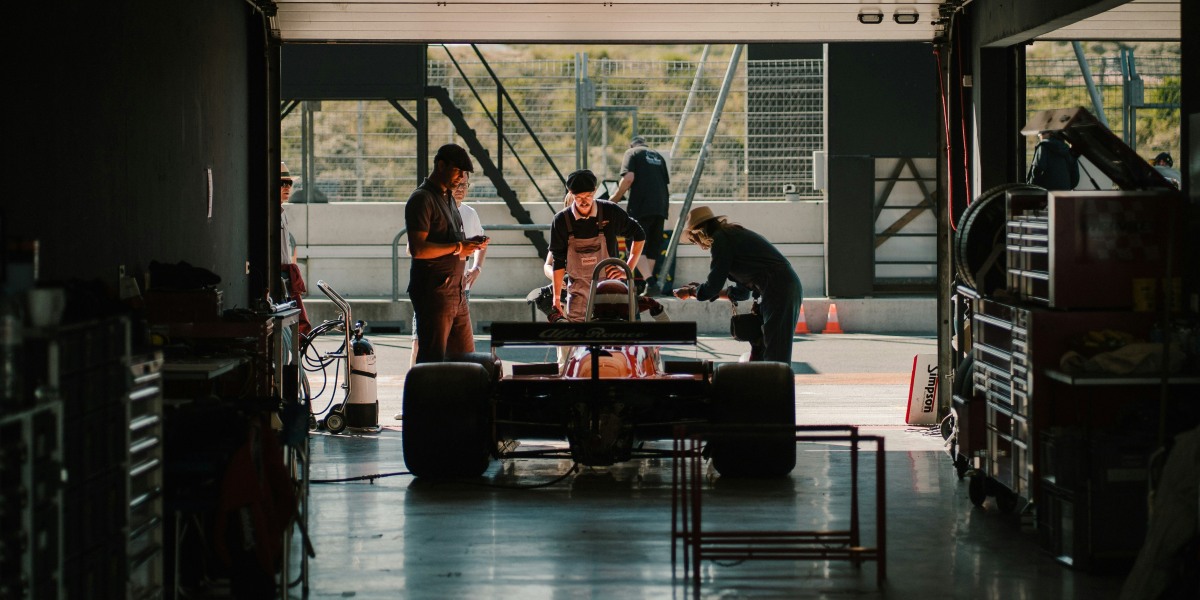The versatility of oil paints extends beyond their blending capabilities. Artists have a vast palette of pigments at their disposal, each offering a unique shade and intensity. These pigments can be combined with different mediums, such as linseed oil or turpentine, to achieve a range of effects, from thick, impasto textures to thin, translucent washes. The artist can layer colors, building depth and complexity, or glaze over existing layers to create luminous effects that seem to glow from within. This flexibility allows oil painters to experiment and express their creativity in countless ways, resulting in artworks that are as unique as the artists themselves.
From the Renaissance masters like Leonardo da Vinci and Michelangelo to the Impressionists like Monet and Renoir, countless artists have embraced oil paints as their medium of choice, leaving behind a legacy of masterpieces that continue to inspire and captivate. Whether it’s the dramatic chiaroscuro of a Baroque painting, the vibrant colors of an Impressionist landscape, or the abstract forms of a modern artwork, oil painting has proven its ability to transcend time and cultural boundaries, speaking to the human spirit in a language that is both universal and deeply personal.
Oil paints are renowned for their slow drying time, allowing artists ample opportunity to blend colors seamlessly and achieve smooth transitions. This characteristic makes oil paints ideal for creating realistic textures, subtle gradations, and luminous effects. The ability to layer colors and glaze over previous layers adds depth and complexity to oil paintings, giving them a unique richness and vibrancy.
A Versatile Medium for Artistic Expression
Oil painting offers a wide range of possibilities for artistic expression. Artists can choose from a vast array of pigments, each with its own distinct hue and saturation. The pigments can be mixed with various mediums, such as linseed oil or turpentine, to alter their consistency, drying time, and sheen. This versatility allows artists to experiment with different techniques, from impasto, where paint is applied thickly, to delicate washes and glazes.
Oil painting has a rich history, dating back to the 15th century. It quickly became the preferred medium for many renowned artists, including Leonardo da Vinci, Rembrandt, and Van Gogh. These masters utilized the unique properties of oil paints to create timeless masterpieces that continue to inspire and awe viewers today. From detailed portraits to breathtaking landscapes, oil paintings have graced museums and galleries around the world, leaving an indelible mark on the art world.
The Process of Oil Painting
Creating an oil painting involves several steps. First, the artist prepares the canvas or other support by priming it with a layer of gesso. Then, the artist sketches the composition onto the surface using charcoal or a thinned paint. Next, the artist begins to apply the oil paints, often starting with underpainting to establish the basic tonal values. Subsequent layers of paint are added, building up the details and refining the colors. Oil paintings may take days, weeks, or even months to complete, depending on their size and complexity.
Oil paintings are valuable works of art that require proper care and preservation. To protect them from dust, sunlight, and other environmental factors, it’s crucial to display them in controlled environments with stable temperature and humidity levels. Regular cleaning with a soft brush and occasional varnishing can help maintain the painting’s appearance and longevity.
In conclusion, oil painting remains a beloved and enduring form of artistic expression. Its versatility, luminosity, and ability to capture subtle nuances have captivated artists and art lovers for centuries. Whether you’re an aspiring artist or an admirer of fine art, exploring the world of oil painting is sure to enrich your appreciation for this timeless medium.








